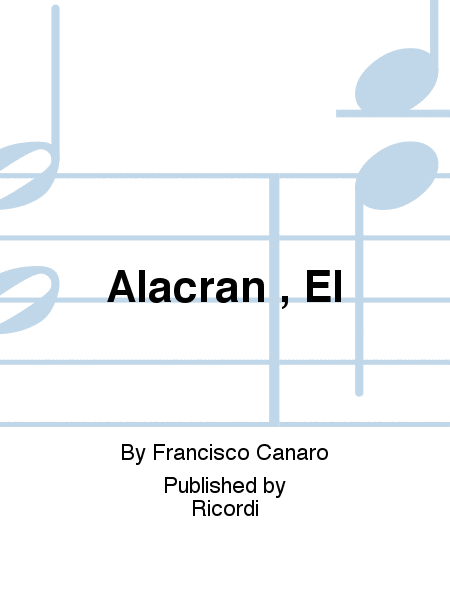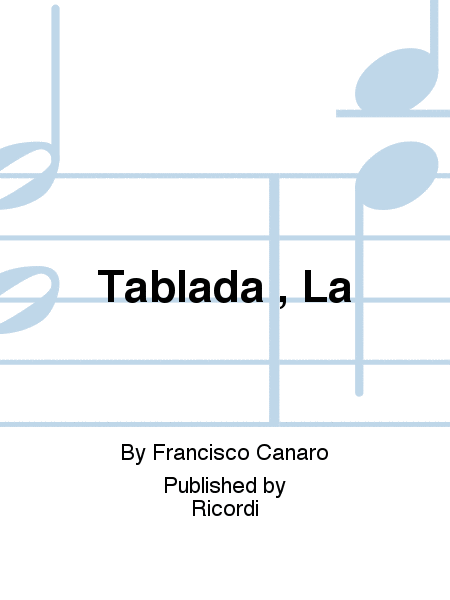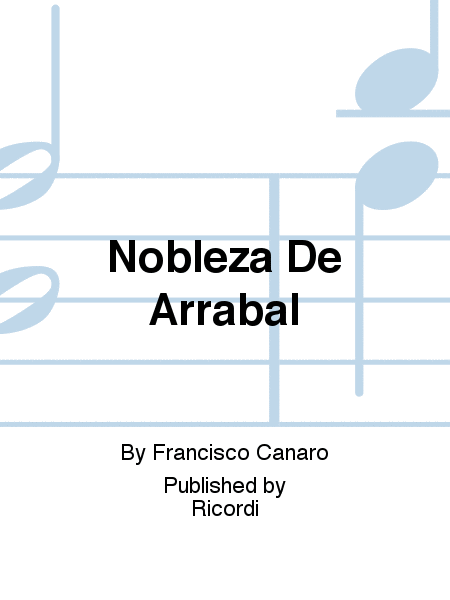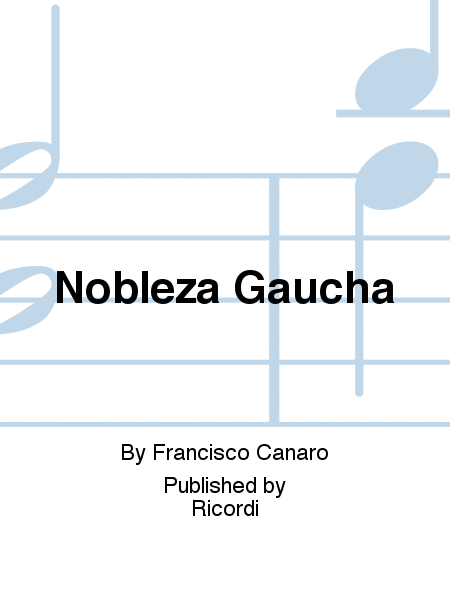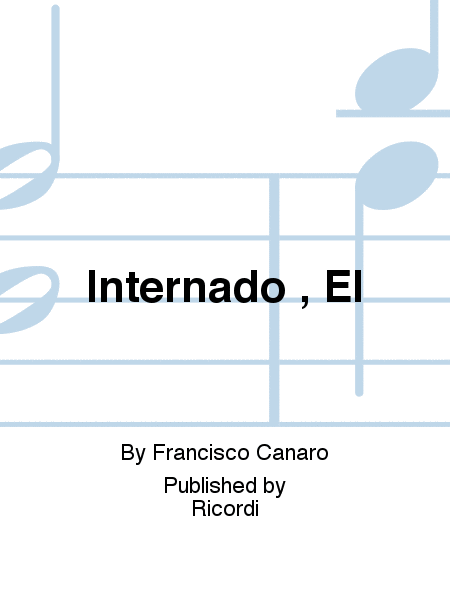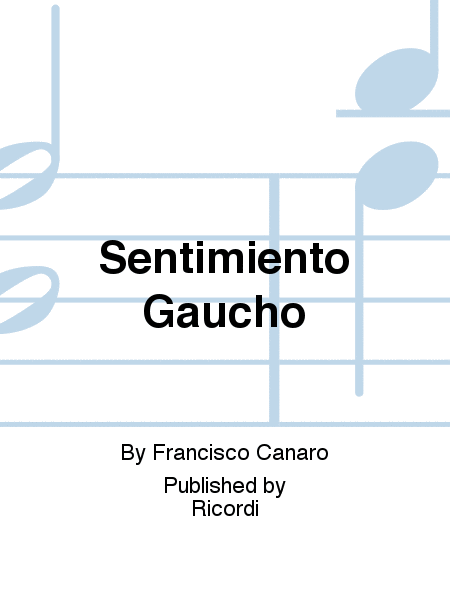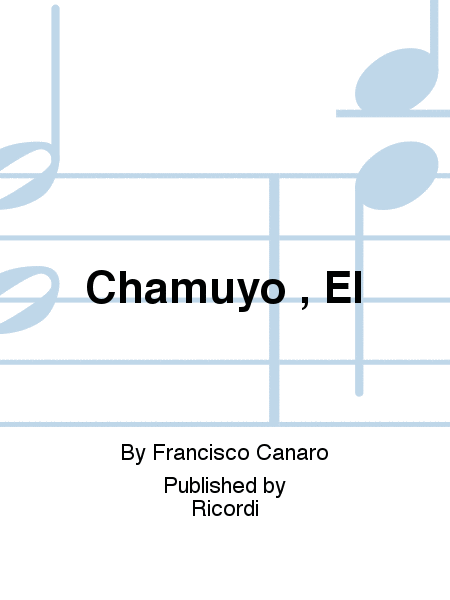Francisco Canaro (1888 - 1964)
 Uruguay
Uruguay
Francisco Canaro (November 26, 1888 – December 14, 1964) was an Uruguayan violinist and tango orchestra leader.
His parents, Italians emigrated to Uruguay, and later - when Francisco Canaro was less than 10 years old, they emigrated to Buenos Aire ... (Read all)
Source : Wikipedia
 Uruguay
UruguayFrancisco Canaro (November 26, 1888 – December 14, 1964) was an Uruguayan violinist and tango orchestra leader.
His parents, Italians emigrated to Uruguay, and later - when Francisco Canaro was less than 10 years old, they emigrated to Buenos Aire ... (Read all)
Source : Wikipedia
Free sheet music of Francisco Canaro
32 sheets found sorted by:
Search
| |||||||||||||||||||||||||||||||||||






















